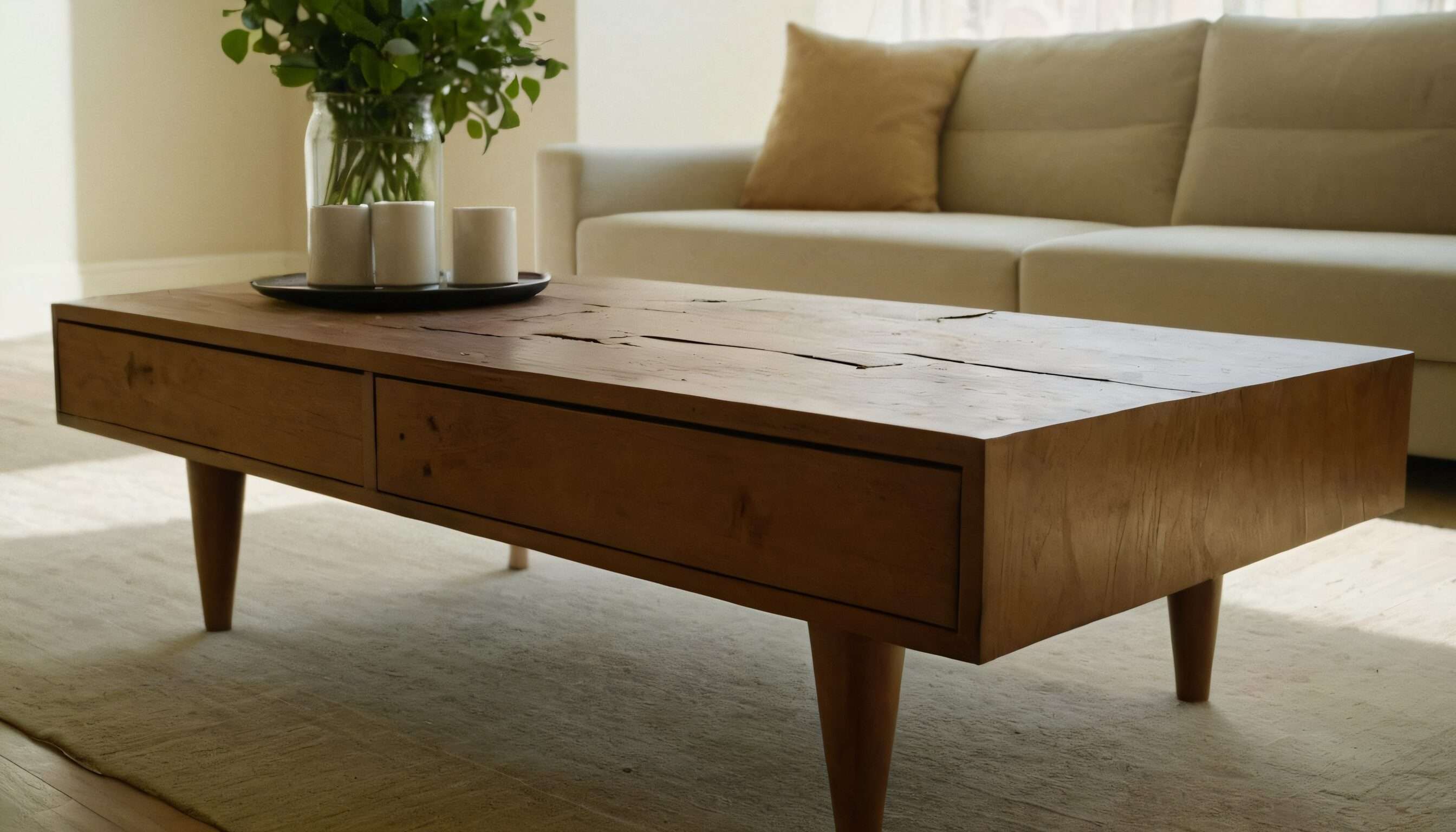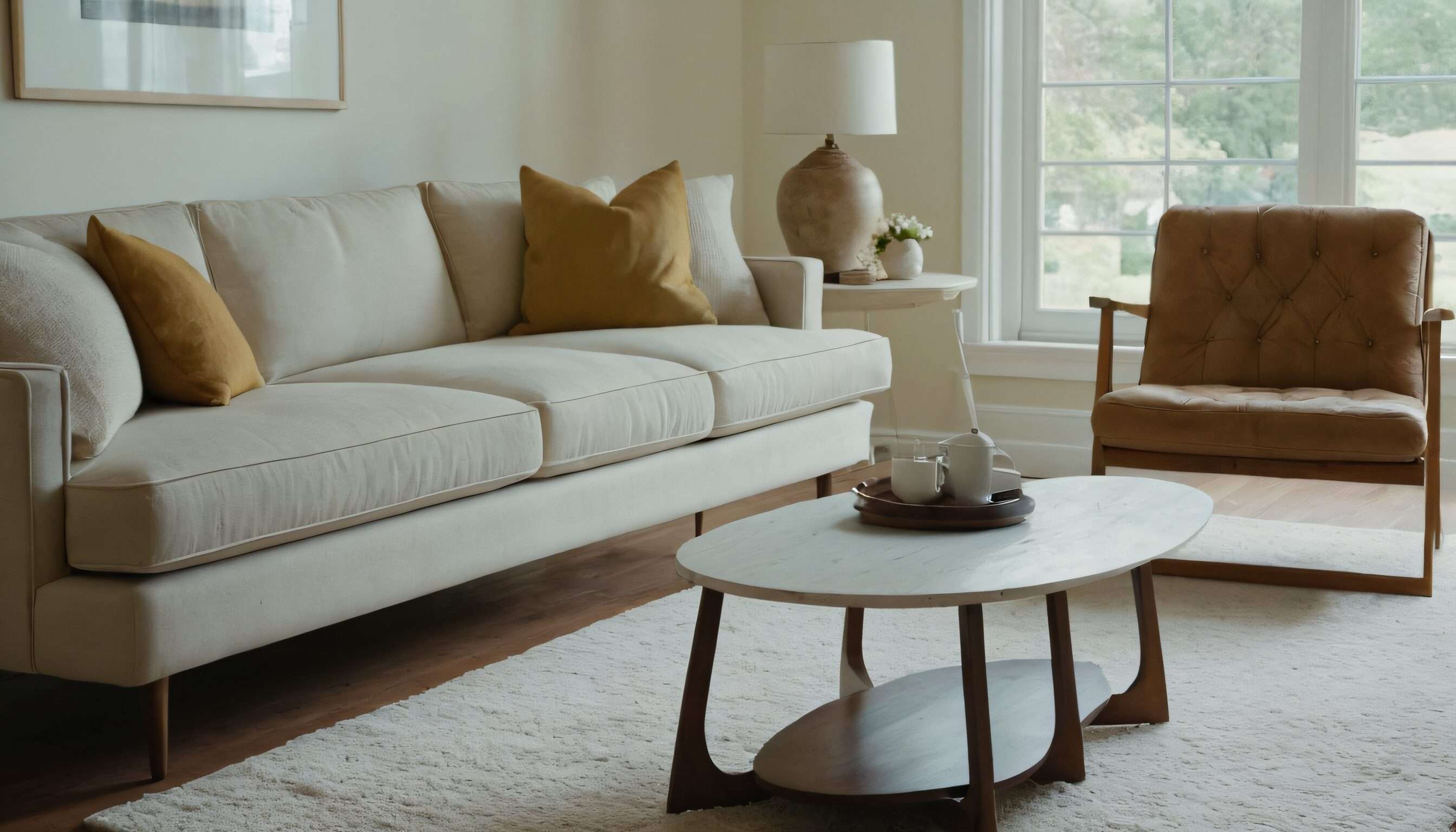In This Article

So, you’ve found that perfect old wooden chair at a thrift store, and you’re thinking, “This could be amazing with just a little TLC.” Well, guess what? Sanding is the key to turning that dusty, worn-out relic into a masterpiece. Whether you’re a complete newbie or just looking for some extra tips to fine-tune your sanding game, you’ve landed in the right place. In this guide, we’re going to walk you through everything you need to know about sanding wood furniture—no fancy jargon, no confusing terms, just easy, straight-to-the-point advice.
Ready to get your furniture looking like a million bucks? Let’s dive into the wonderful world of sanding! Grab that sander and let’s go!
In This Article
Why Sanding Wood Furniture is More Important Than You Think

Okay, let’s start with the big question: Why on earth should you bother sanding your furniture in the first place? It might seem like a tedious task, but trust us, it’s worth it. Here’s why:
1. Preparing the Surface for Success
Think of sanding as the equivalent of washing your face before applying makeup. You can’t expect a flawless finish if you’ve got dirt, grime, and old paint all over the place. Sanding gets rid of all that junk, giving you a clean slate. So, if you’re planning on staining, painting, or just making your furniture look shiny, sanding is your first step.
2. Making the Wood Look Beautiful Again
Do you want to see the true beauty of the wood? Well, sanding does that! It uncovers the natural grain and texture, letting you appreciate the wood for what it is. Whether you plan on keeping it natural, staining it, or painting it, sanding helps make that wood look its absolute best.
3. Removing Old Finishes and Stuff
Old paint, varnish, and wax don’t belong on your furniture anymore. Sanding strips away the old finishes, allowing you to apply fresh paint or stain for a new look. Imagine trying to paint over an old, chipped wall—it’s just not going to work. So, sanding is your way of making sure the new finish sticks.
Tools You’ll Need

Before we get into the nitty-gritty of techniques, let’s talk tools. You don’t need to be a professional to get the job done, but having the right tools can make a world of difference. Don’t worry, you don’t have to break the bank on fancy gadgets!
1. Sandpaper
Sandpaper is your trusty sidekick throughout the sanding process. You’ll want to use different grits for different stages. Here’s the rundown:
- Coarse Grit (40-60): This is your heavy-duty sandpaper. It’s for removing old paint, varnish, and rough patches. Think of it like the big broom that sweeps everything clean.
- Medium Grit (80-120): Once you’ve stripped the surface, medium grit helps smooth things out and get rid of any imperfections. It’s like the sponge that gets the little bits you missed.
- Fine Grit (180-220): The final touch. Fine grit helps you get that smooth, polished surface that’s ready for a beautiful finish.
2. Sanding Tools
Now that we’ve got our sandpaper, let’s talk about the tools that will help you do the job.
Orbital Sander
An orbital sander is like the superhero of sanding. It’s fast, powerful, and can cover large areas in no time. If you’re dealing with big furniture pieces like tables or dressers, this tool will save you from hours of manual sanding. Just be sure to keep it moving—too much time in one spot could lead to an uneven surface.
Detail Sander
When you’re working on intricate details or hard-to-reach areas (like spindles or legs), a detail sander is your best friend. It’s small, light, and gives you precision. Perfect for corners and edges.
Sanding Blocks (Hand Sanding)
When you’re dealing with small, detailed work or you just want to take it slow, sanding by hand is the way to go. Sanding blocks are great for those tight spots, and they give you full control. Plus, you get a little exercise while you’re at it—who knew sanding could be a workout?
Sanding Techniques You Need to Master

Now that you’ve got your tools ready, let’s get down to the real business: how to sand like a pro.
1. Sand with the Grain, Not Against It
This one’s simple: always sand with the grain of the wood, not against it. Sanding against the grain will leave ugly scratches, and no one wants that. Think of it like combing your hair—would you comb it backward? No! So, sand the same way you’d comb your hair—smooth and with the grain.
2. Work in Stages
Sanding is a journey, not a sprint. Don’t rush through it! Here’s the order you should follow:
- Start with coarse grit to remove old finishes and rough patches.
- Move to medium grit to smooth things out.
- Finish with fine grit for that silky-smooth finish that will make your furniture look like it belongs in a magazine.
3. Use Light, Even Pressure
This is a biggie. Sanding should be light and even. Pressing down too hard can damage the wood and leave uneven marks. Let the sandpaper do the work—there’s no need to show off your strength. Keep it light, keep it smooth.
4. Don’t Over-Sand
It’s easy to get carried away when you start seeing progress, but remember—there’s no need to overdo it. If you keep sanding forever, you might accidentally ruin the wood. So, stop once you’ve reached a smooth surface—don’t try to sand the life out of it!
5. Use the Right Tool for the Job
Remember: Bigger tools for bigger jobs! For large, flat surfaces, an orbital sander is great. But for tight spots like edges, corners, and detailed areas, you’ll need hand sanding or a detail sander. Know when to switch tools to get the best results.
Mistakes to Avoid When Sanding Wood Furniture

We’ve all been there—starting a DIY project with enthusiasm, only to end up making rookie mistakes. But fear not! Here are some common pitfalls to avoid:
1. Skipping Grit Progression
You might think, “I can skip the medium grit, right? I’ll just jump to fine grit and be done with it.” Wrong! Skipping stages will leave you with an uneven surface. Take your time with each grit.
2. Pressing Too Hard
Sanding isn’t about showing how strong you are. Pressing too hard can damage the wood, causing uneven surfaces or even burn marks. Just let the sandpaper do its job.
3. Neglecting the Edges and Details
The devil’s in the details, my friend! Don’t just sand the flat surfaces—pay attention to those nooks and crannies. Those edges and corners can make all the difference.
4. Skipping the Clean-Up
Once you’re done sanding, the last thing you want is dust sticking to your freshly sanded wood. Clean up the dust with a damp cloth or tack cloth before you apply any finish. A clean surface is a happy surface!
Wood Types and How to Sand Them

Different woods require different sanding techniques, so here’s a quick rundown on how to deal with various types of wood.
Softwoods (Pine, Cedar, Fir)
Softwoods are pretty easy to sand but can get dinged up easily. Use a light touch, especially with finer grits, and don’t go overboard with the sanding.
Hardwoods (Oak, Maple, Cherry)
Hardwoods are tougher to sand, but they’re more durable. Start with a coarser grit and gradually move up, taking your time to get a smooth surface.
Veneer Wood
Veneer is delicate, so be gentle! Sanding too much can ruin the surface. Use fine grits and work slowly to avoid damaging the thin layer of real wood.
Finishing Your Furniture Like a Pro

You’ve sanded your furniture to perfection, and now it’s time to finish it off. Whether you’re staining, painting, or sealing, finishing gives your furniture that final pop.
1. Staining
Staining brings out the natural beauty of the wood. Sanding helps the stain absorb evenly, giving you that rich, deep color. Just make sure to clean off any dust before you apply the stain.
2. Painting
When painting wood, sanding is key to ensuring the paint sticks. Start with medium grit to smooth the surface, and don’t forget to prime the wood before painting!
3. Polyurethane or Wax
To protect your beautiful work, seal it with polyurethane or wax. This adds a glossy finish and protects the wood from scratches and spills.
Conclusion

Who knew that sanding could be so fun, right? With the right tools, techniques, and a little patience, you can turn your old furniture into something extraordinary. Remember, you’re not just sanding—you’re unlocking the hidden potential of your pieces. Plus, once you see the results, you’ll be hooked for life.
So, what are you waiting for? Go on, grab that sandpaper, and let’s get sanding!
Additional Resources
Here are some great articles that offer more insights and detailed guides on furniture sanding:
- Furniture Sanding 101: How to Sand Wood Furniture
- How to Sand Furniture: A Complete Guide
- How to Refinish Furniture: A Comprehensive Guide
- Wood Sanding 101 – A Beginner’s Guide
- How to Sand Wood – A Beginner’s Guide
FAQs
Do I really need to sand if I’m painting?
Yes! Sanding is essential for paint to stick properly. If you skip it, your paint might peel or chip off over time. Trust us—it’s worth the effort!
Can I skip sanding if I’m just using a stain?
Nope. You’ll still need to sand to smooth the wood surface, allowing the stain to soak in evenly and giving you a polished finish.
How long should I sand my furniture?
There’s no one-size-fits-all answer. The time depends on the size and condition of the furniture. But remember—slow and steady wins the race. Take your time and don’t rush.
What should I do if I make a mistake while sanding?
It happens! If you make a mistake, don’t panic. Just take a step back and start over. You might need to start with a coarser grit to fix the error, but you can always smooth it out with finer grits.
Should I wear a mask while sanding?
Definitely! Sanding creates a lot of dust, and you don’t want to inhale that stuff. A dust mask is a cheap investment for your health.






